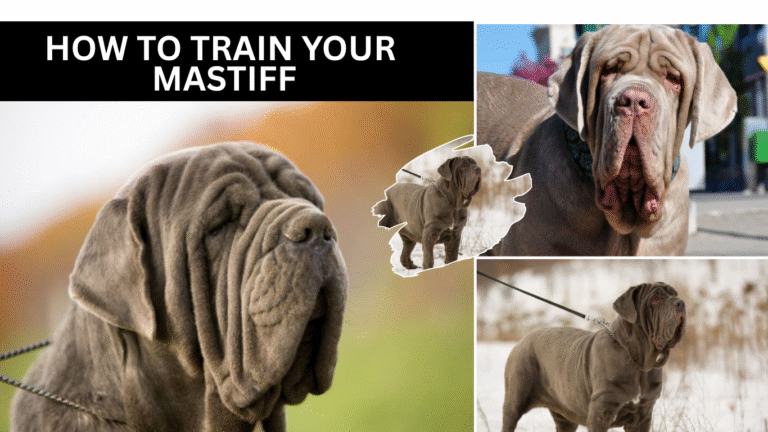12 Training Tips for Shetland Sheepdog Owners
Shetland Sheepdogs are naturally quick thinkers and full of energy, so owners should recognize that these dogs need guidance, interaction, and structure to thrive. When you actively teach them how to behave and give them proper outlets for their energy, you create an environment where your dog can grow into a calm, pleasant, and well-adjusted companion.
These dogs often respond strongly to your tone, your routine, and the amount of attention you provide, which makes your involvement incredibly important.
1. Start Training Early

When you begin training right from the start, your Sheltie learns what to expect in the household before habits form. Puppies often absorb routines faster than many owners realize, so you should take advantage of this early stage.
Make sure everyone at home uses the same words and rules, because mixed signals confuse young dogs. By keeping lessons steady and predictable, you help your dog build a foundation that will influence their behavior for years to come.
2. Make Socialization a Priority
Shetland Sheepdogs often observe their surroundings carefully, which can sometimes make them cautious or unsure in unfamiliar situations. Owners should take time to introduce their dog to new places, people, and friendly animals to help them feel safe and confident.
You should bring your dog to different environments so they learn that new experiences are normal and not something to fear. The more you expose them to positive interactions, the more comfortable and adaptable they become as adults.
Every new place or person helps build your dog’s confidence. A well-socialized Sheltie usually becomes friendlier, more relaxed, and better able to handle sudden changes in their environment.
3. Positive Reinforcement Works Wonders
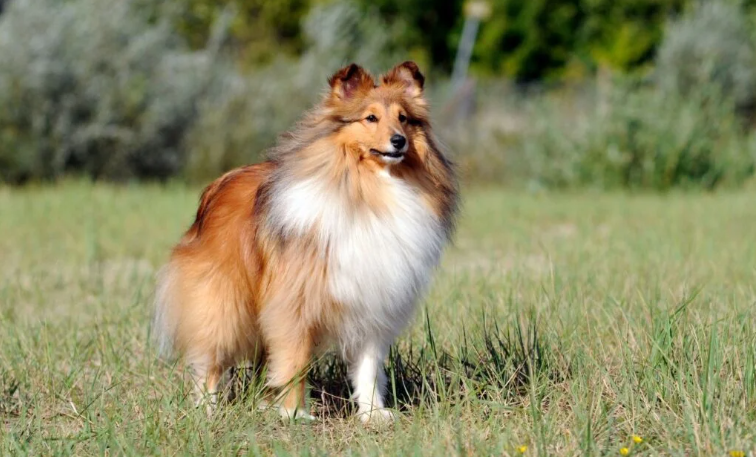
Shelties often try very hard to please the people they love, so you should rely on rewards and encouragement when teaching new behaviors. Most dogs respond better when you praise what they do right instead of scolding mistakes.
Using treats, happy tones, or playtime shows your dog that good behavior leads to good outcomes. This approach not only makes training more effective but also strengthens the relationship between you and your dog.
4. Mental Stimulation is Essential
These dogs are known for their intelligence, and they often get bored if they don’t have activities that make them think. Owners should offer puzzles, games, and new toys regularly to keep their dog’s mind active.
Mental stimulation reduces frustration and prevents the kind of restlessness that can lead to unwanted behaviors. You should rotate activities so your dog stays curious and doesn’t fall into a dull routine.
5. Crate Training: Their Safe Haven
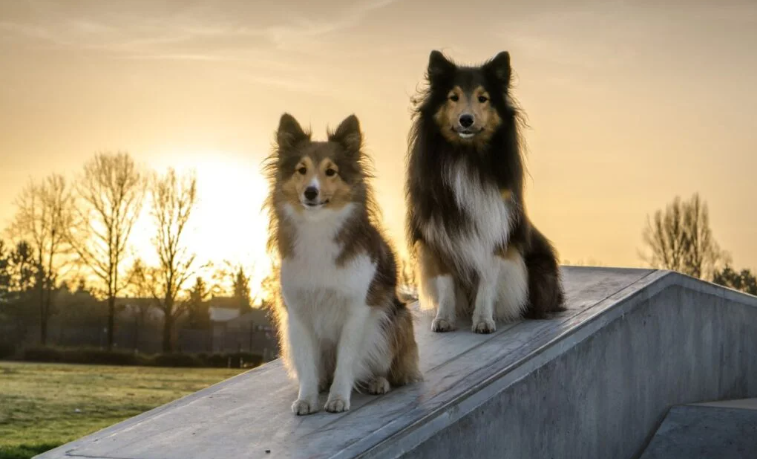
When introduced properly, the crate becomes a comforting space where your Sheltie can relax. Owners should make the crate feel inviting by adding soft bedding, treats, or toys. Dogs often enjoy having a spot they can retreat to when they want quiet time.
You should avoid using the crate as punishment, because that creates fear rather than comfort. With steady encouragement, most dogs learn to view the crate as a peaceful retreat.
6. Exercise, Exercise, Exercise
Shelties usually have high energy levels, and owners should be prepared to include daily movement in their routine. Regular walks, play sessions, and active games help keep your dog healthy and content. You should provide enough exercise to prevent boredom, because restless dogs often seek their own ways to release energy—which can lead to mischief. Activities like fetch or agility work especially well for this breed.
7. House Training with Consistency

House training requires patience, and you should take your Sheltie outdoors at predictable times throughout the day. Puppies often need to go out after meals, naps, and play sessions. When your dog makes progress, you should reward them right away so they connect the behavior with praise. Staying calm during accidents helps your dog learn without feeling frightened or confused.
8. Teach Basic Commands
Basic commands help your dog understand how to behave in everyday situations. Dogs often feel more secure when they know what you want from them. Owners should teach simple cues like sit, come, and stay using calm repetition and rewards. Short training sessions keep your dog engaged without overwhelming them. Practicing regularly strengthens communication and helps build a stronger bond.
9. Address Behavioral Issues Early
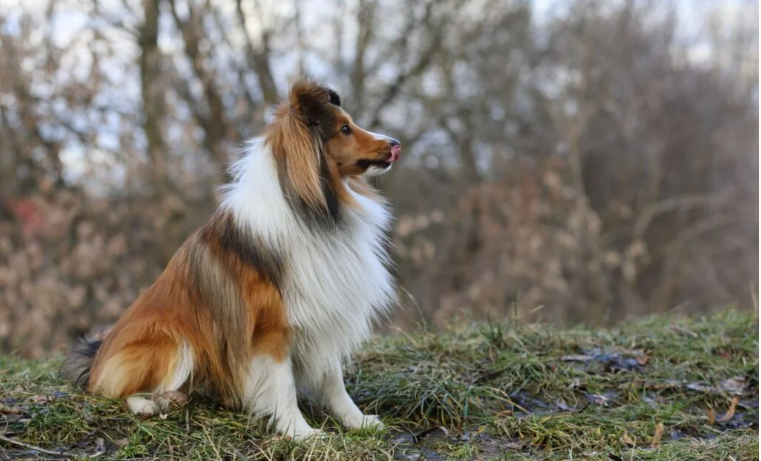
Some behaviors, like excessive barking or herding people, may show up if a Sheltie is not guided properly. Owners should address these habits as soon as they notice them. Dogs often act out because they are bored or unsure what to do, so identifying the cause is important.
Offering mental and physical activities gives your dog a better outlet for their energy, reducing the chance of these issues becoming long-term habits.
10. Regular Grooming and Handling
Shetland Sheepdogs have thick coats that require steady upkeep, so you should introduce brushing and handling early. When your dog becomes used to grooming, the process becomes easier for both of you. Regular brushing controls shedding and keeps the coat healthy.
You should also make sure your dog is comfortable with nail trimming and ear cleaning so that routine care does not cause stress.
11. Leash Training is Vital
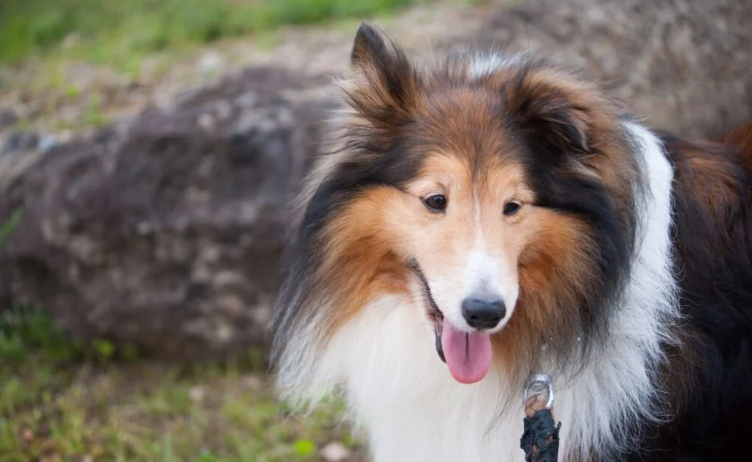
Leash training can take time, especially with energetic dogs, so you should start slowly and indoors. Let your dog get used to wearing a collar and leash before expecting perfect walks.
Dogs often try to pull when excited, so reward calm walking and gently redirect pulling. With steady practice, your Sheltie will learn to walk politely at your side
12. Shower Them with Love
Training becomes easier when your dog feels secure and valued. You should give your Sheltie affection, positive attention, and moments of calm bonding.
Dogs often behave better when they feel connected to their owners. When you create a nurturing environment, your dog becomes more eager to listen, learn, and stay close to you as part of the family.
Conclusion

Shelties thrive when you provide early guidance, steady routines, and plenty of mental and physical activity. Every dog has its own personality, so owners should adjust training methods based on what works best for their individual pet. When you invest patience and care into your dog’s upbringing, you build a strong, lasting bond that benefits both you and your Sheltie







